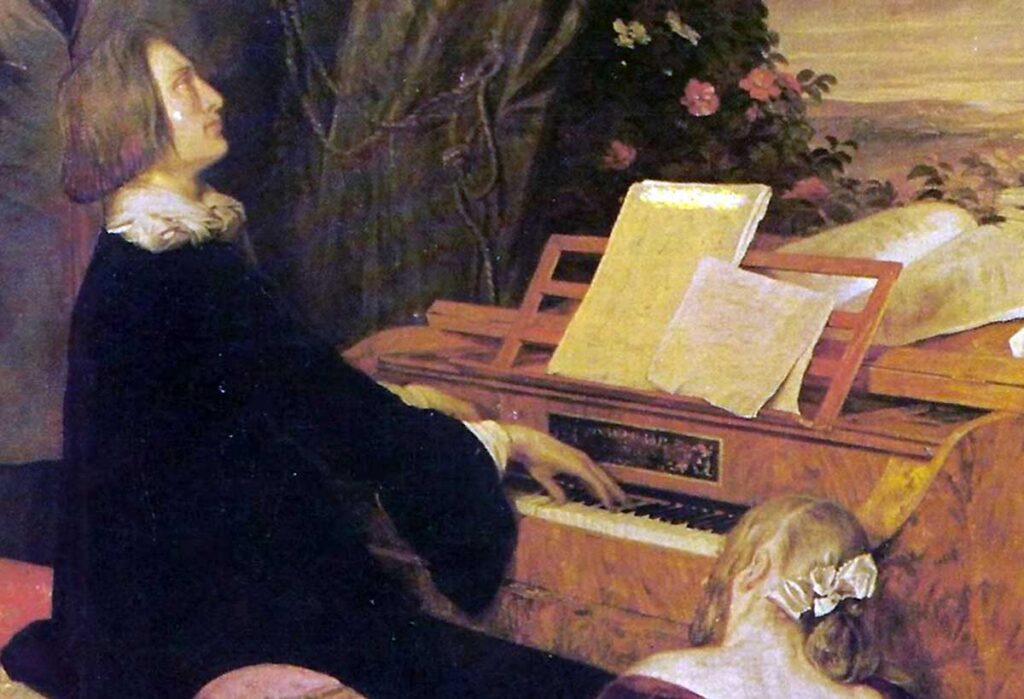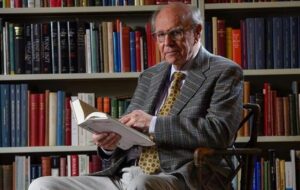Whatever else the world may debate about Franz Liszt’s life and work, one thing is generally conceded: he was the first modern pianist. Entitled ”Liszt and the Keyboard”, master musicologist Dr. Alan Walker gives us an exciting 47 minute journey describing Liszt being the root of modern piano playing.

Liszt’s influence was not that of imitation but of rational solving technical problems. Liszt became a standard of definition with a playing out of biceps, forearms and fingers. Walker says; ”All subsequent schools were branches of his (Liszt’s) tree. Anton Rubinstein, Busoni, Godowsky, and Rachmaninov – all those pianists who formed what historians latter dubbed “the golden age of piano playing” – would be unthinkable without Liszt.”
Alan Walker’s Illustrated Lecture
 Walker’s lecture shows how Liszt’s reforms at the keyboard might be best understood by returning them to the biographical context from which they first emerged. Liszt’s period 1838-1847 is referred to as ”Years of Transcendental Execution” and music examples with a lineup of pianists such as Gekic, Bolet, Laplante, Watts, Suk, Solomon, Rosen, Tyron, Lortie and violinist Anne-Sophie Mutter with pianist Lambert Orkis provide audible and enjoyable references to Walker, the storyteller.
Walker’s lecture shows how Liszt’s reforms at the keyboard might be best understood by returning them to the biographical context from which they first emerged. Liszt’s period 1838-1847 is referred to as ”Years of Transcendental Execution” and music examples with a lineup of pianists such as Gekic, Bolet, Laplante, Watts, Suk, Solomon, Rosen, Tyron, Lortie and violinist Anne-Sophie Mutter with pianist Lambert Orkis provide audible and enjoyable references to Walker, the storyteller.
Piano Street has previously covered the release of English-Canadian Alan Walker’s three volume biography on Franz Liszt that took him 25 years to comlpete, and it’s hard to find equal substantial, penetrating and thrilling storytelling within this field of study. Walker’s mastery and publications also cover Robert Schumann and Frédéric Chopin, as well as pianist and conductor Hans von Bülow. During the pandemic, Walker has published two lectures on Chopin in addition to this lecture on Franz Liszt.
from Piano Street’s Classical Piano News https://www.pianostreet.com/blog/video-picks/liszt-and-the-keyboard-an-illustrated-lecture-11220/
No comments:
Post a Comment